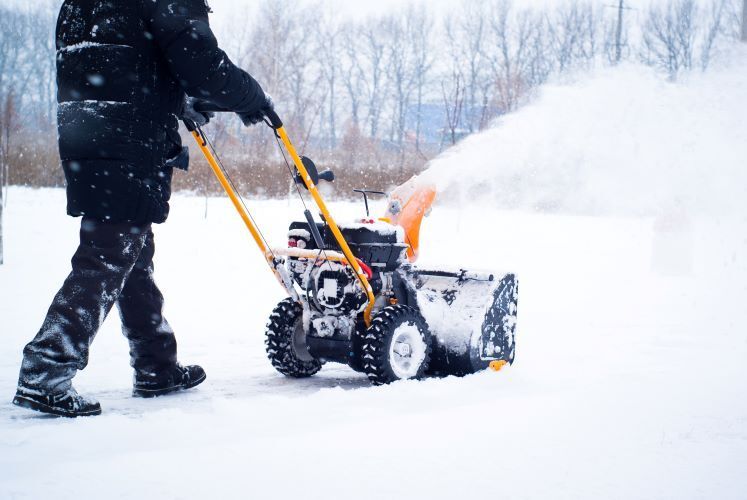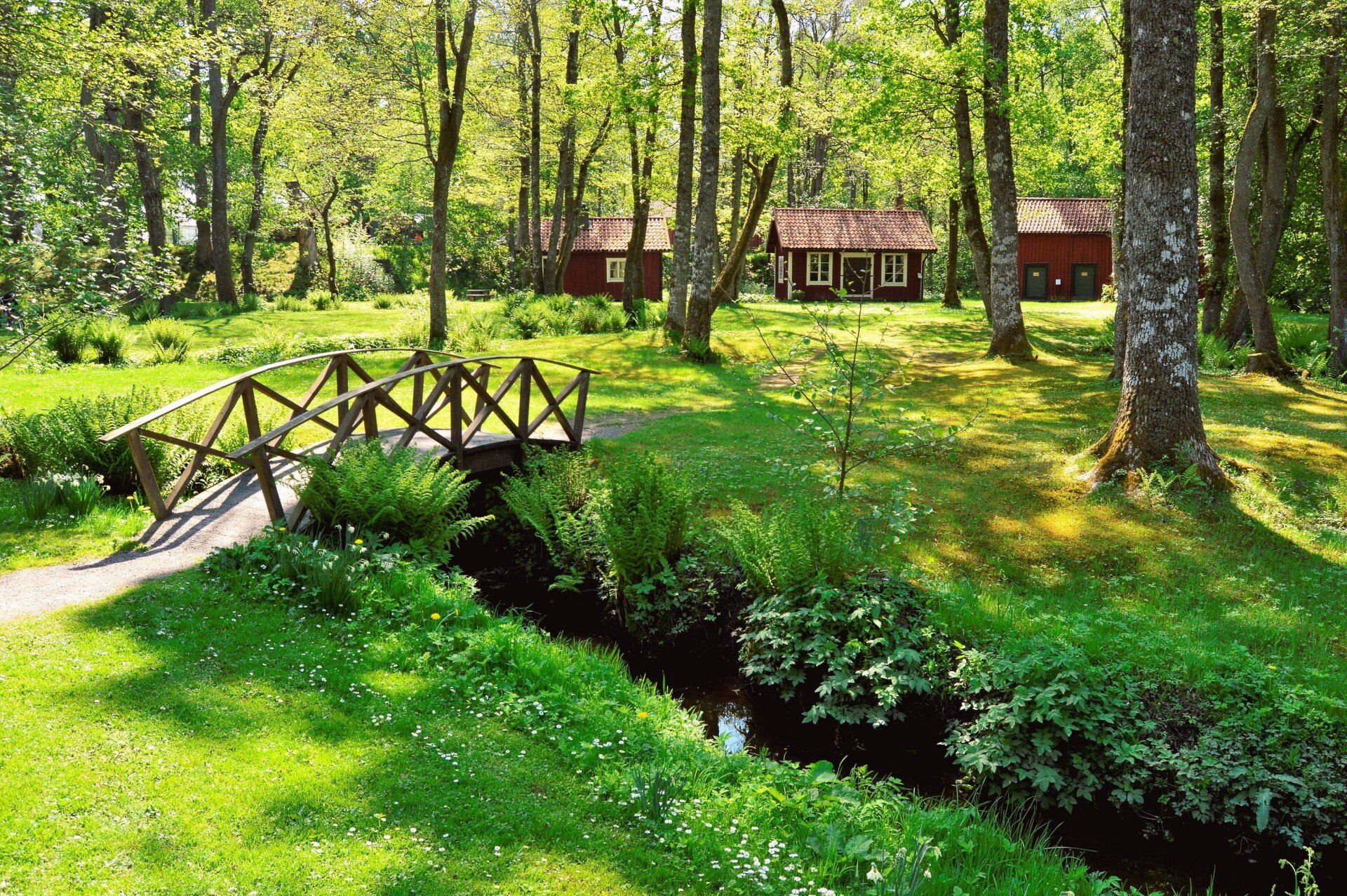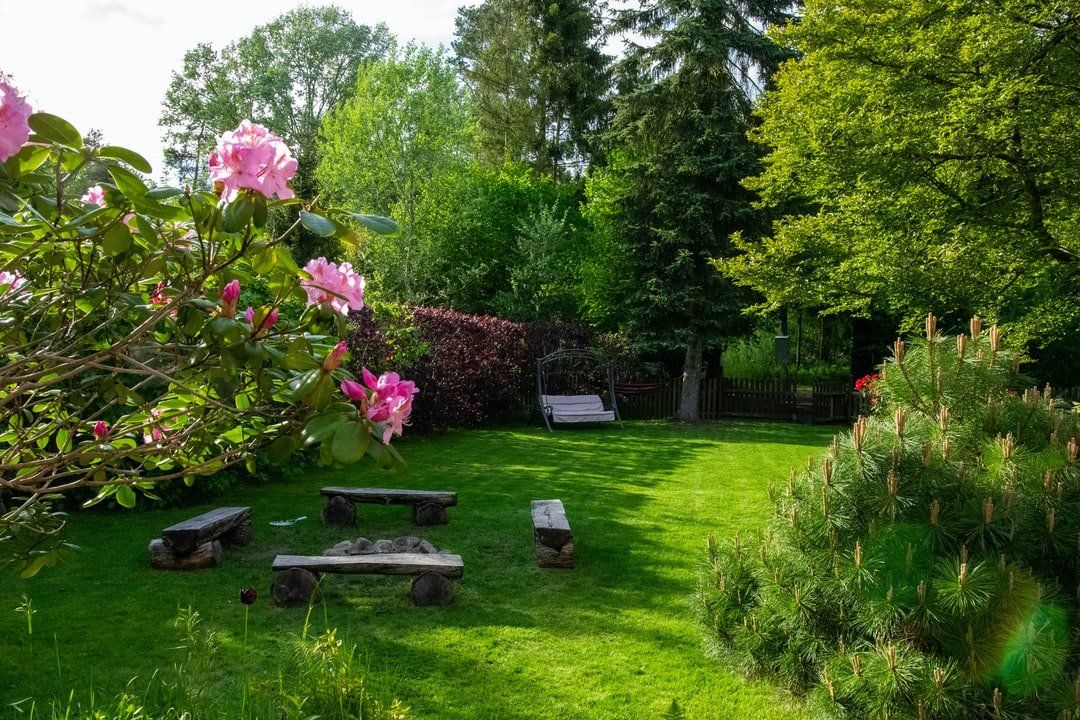Fertilizing Your Lawn: When, How, and What to Use

A lush, green lawn is the pride of any homeowner, and one of the key components to achieving that picture-perfect yard is proper fertilization. For homeowners in Saskatoon, where the climate can present unique challenges, understanding when, how, and what to use for lawn fertilization is crucial. In this article, we'll break down the essentials to help you maintain a healthy and vibrant lawn throughout the year.
When to Fertilize Your Lawn
Timing is everything when it comes to fertilizing your lawn. Fertilizing at the right time ensures that your grass can fully absorb the nutrients it needs to thrive. In Saskatoon, with its cool-season grasses, the best times to fertilize are in early spring and late fall.
- Spring (Late April to Early May): After the snow has melted and your lawn starts to green up, it's time for the first application of fertilizer. This helps the grass recover from winter and encourages strong growth.
- Fall (Late August to Early September): Fall fertilization is essential for strengthening the grass roots before winter. This application helps the lawn store energy and nutrients, resulting in a healthier and more robust lawn come spring.
In addition to these primary fertilization periods, you may also consider a summer application, particularly if your lawn is showing signs of stress or yellowing. However, be cautious not to over-fertilize during the heat of summer, as it can lead to burning and damage.
How to Fertilize Your Lawn
Proper application of fertilizer is just as important as choosing the right time. Here’s a step-by-step guide to ensure you’re applying fertilizer effectively:
- Choose the Right Fertilizer: Select a fertilizer that suits your lawn's specific needs. For cool-season grasses common in Saskatoon, a balanced fertilizer with a higher nitrogen content is usually ideal.
- Test Your Soil: Before applying fertilizer, it’s a good idea to test your soil’s pH and nutrient levels. This will help you determine if your lawn needs additional nutrients like phosphorus or potassium.
- Use a Spreader: A broadcast or drop spreader ensures even distribution of the fertilizer. Follow the instructions on the fertilizer bag to set your spreader to the correct rate.
- Apply Fertilizer Evenly: Walk at a steady pace while using the spreader to avoid overlapping or missing spots. For best results, apply half of the fertilizer in one direction (north to south) and the other half in a perpendicular direction (east to west).
- Water Your Lawn: After fertilizing, water your lawn thoroughly. This helps the fertilizer soak into the soil and reach the roots. Avoid fertilizing before a heavy rain, as this can wash away the nutrients before they’re absorbed.
- Mow Your Lawn Carefully: After fertilizing, wait a few days before mowing. This allows the grass to absorb the nutrients. When you do mow, make sure your mower blades are sharp to avoid tearing the grass.
What Fertilizer to Use
Choosing the right fertilizer depends on several factors, including your soil condition, the time of year, and your lawn's specific needs. Here’s a breakdown of the types of fertilizers available and how to choose the right one for your lawn:
- Slow-Release vs. Fast-Release Fertilizers:
- Slow-Release Fertilizers: These fertilizers release nutrients gradually over time, providing a steady supply of nutrients. They’re ideal for maintaining consistent growth and are less likely to burn your lawn.
- Fast-Release Fertilizers: These provide a quick nutrient boost and are useful when your lawn needs immediate attention, such as in early spring. However, they require careful application to avoid over-fertilizing.
- Organic vs. Synthetic Fertilizers:
- Organic Fertilizers: Made from natural materials like compost, manure, or bone meal, organic fertilizers improve soil health and are environmentally friendly. They release nutrients slowly, making them ideal for long-term lawn care.
- Synthetic Fertilizers: These are chemically manufactured and provide immediate nutrients to the lawn. While effective, they don’t improve soil structure and can be harmful if overused.
- Balanced Fertilizers:
- A balanced fertilizer contains equal parts nitrogen (N), phosphorus (P), and potassium (K), which are the three primary nutrients for lawn health. A common balanced fertilizer ratio is 10-10-10 or 20-20-20.
- Nitrogen-Rich Fertilizers:
- Nitrogen is crucial for promoting green, leafy growth. Fertilizers with a higher nitrogen content, such as 30-0-10, are ideal for spring and summer applications.
Conclusion
Fertilizing your lawn properly is key to achieving the lush, green yard you've always wanted. By knowing when to fertilize, how to apply it, and what type of fertilizer to use, you can ensure that your lawn stays healthy and vibrant throughout the year. Whether you’re a seasoned gardener or a new homeowner, following these tips will help you maintain a beautiful lawn that enhances the curb appeal of your home.
If you need expert advice or professional lawn care services, Landscaping Saskatoon is here to help. Contact us today to learn more about how we can assist you in keeping your lawn in top condition all year round.










